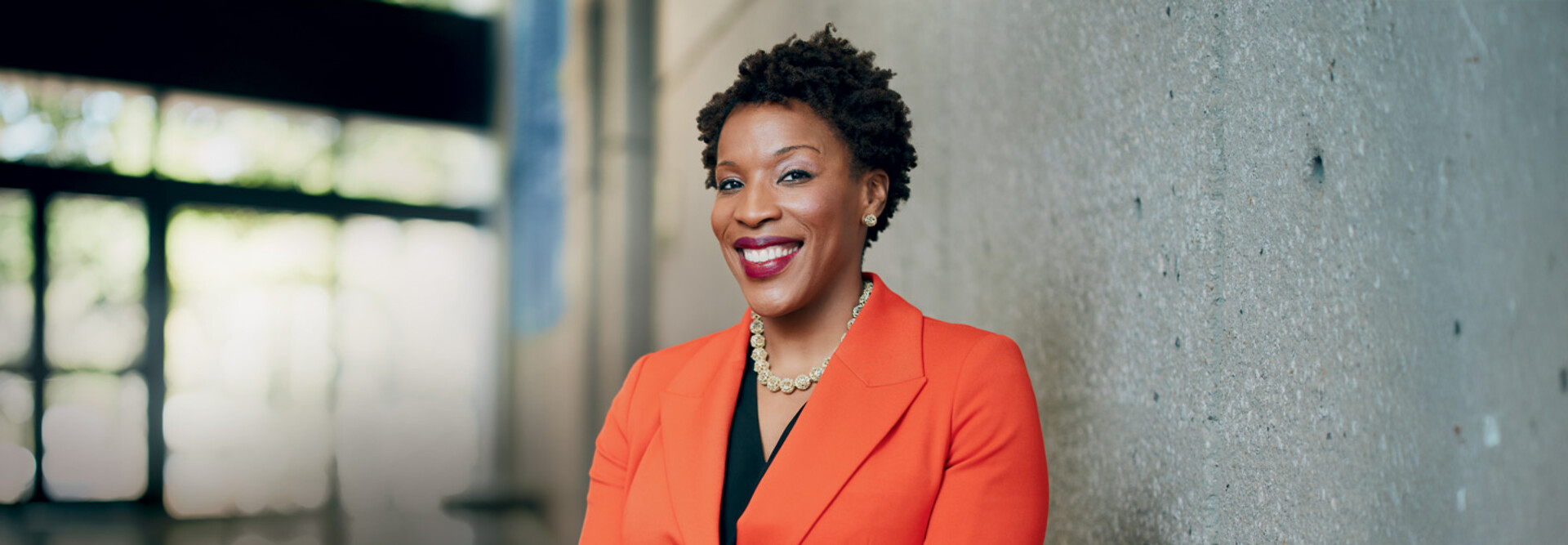Bayada’s home health care leader, Michael Johnson, has taken over the company’s hospice practice as well. In one world, he is trying to perfect easing patients to back to life, or better health. In the other world, he is trying to perfect easing them to death with grace.
Those are near-opposite frames of mind, and yet, there are thousands of providers that work at both on a daily basis.
With a foot in each bucket still, though, Johnson is focused on bringing Bayada into the next stage of home health care business in the U.S. That means more contract negotiations with Medicare Advantage (MA) plans while trying to navigate cuts to Medicare fee-for-service payments.
“There’s this narrative out there that our margins are super rich, and therefore, we need to cut them back,” Johnson told Home Health Care News. “But a big part of the picture is being left out by CMS, especially as Medicare Advantage increases in penetration.”
The Moorestown, New Jersey-based Bayada is one of the largest home health providers in the country. It has over 360 locations across 23 states and six other countries.
Johnson has been the home health practice president since 2015 and the hospice practice president since 2021.
The Medicare Payment Advisory Commission (MedPAC), for instance, cannot consider MA payment rates for home health services in its recommendations. MA rates tend to be far lower than traditional Medicare’s.
“When they put out their reports they could say, … ‘This only represents this percentage of home health care that is delivered,’ just so people have some sense on the full margin picture,” Johnson said. “Something so it makes clear to the reader, particularly in Capitol Hill, that there’s another part of the story you have to dig into. That’s what worries me, that that part is not in there.”
Home health providers also point out that their subsector is one of the only ones that can actually create savings across the entire health care system for the Centers of Medicare & Medicaid Services (CMS).
Plus, it is true that MedPAC’s estimates of profit margins in home health are way off because it is solely considering Medicare fee-for-service payments. It’s also true that providers do more with leftover money than just pocket it.
“It also doesn’t factor in that our leftover margins are used to funnel innovation for things like EHR, for instance,” Johnson said. “When EHRs came in, there was no funding for home health providers, but docs got money, hospitals got money, etcetera. Which is fine, by the way. But we have to fund our own innovation.”
Success in MA
Either way, providers have to operate as best they can with the hand they’ve been dealt. For now, that means becoming more efficient and finding the right MA plans to work with.
“We’re really doubling down on the strategy we put in place in preparation for PDGM, which was to get the care teams more integrated and to be very thoughtful about care planning,” Johnson said at Home Health Care News’ Capital + Strategy event. “That ties into utilization, because the evidence doesn’t suggest that you get better outcomes with [more] visits.”
Bayada is trying to approach plans these days with solutions to their current pain points, Johnson said.
They are also willing to go at risk with these plans, both on the upside and downside, something not all providers are ready for just yet.
“I think that you hear about taking on risk a lot,” he said. “I’m not sure everybody understands what risk means. They want upside risk, right? We’re willing to have that conversation on taking that upside and downside risk. Obviously, let’s start with a little bit more upside, a little less downside until we can get on a rhythm with the payer, and then let’s start to go more and more, kind of like how HHVBP was phased in.”
Bayada – like everyone else – wants to get paid more by MA plans.
But Johnson also sees an opportunity to innovate with these plans that are becoming a larger part of the home health business. After all, Bayada is an at-scale provider and one of the longest-running operators in the country.
“With taking risk comes the ability to be creative, we want to continue to innovative,” Johnson said. “It’s not just that we want to get paid more, we want the opportunity to earn more and get better outcomes. And then those partnerships can become really interesting, right?”
The post Bayada Home Health Leader’s Thoughts On Navigating Payment Rates, Real Risk-Taking appeared first on Home Health Care News.










